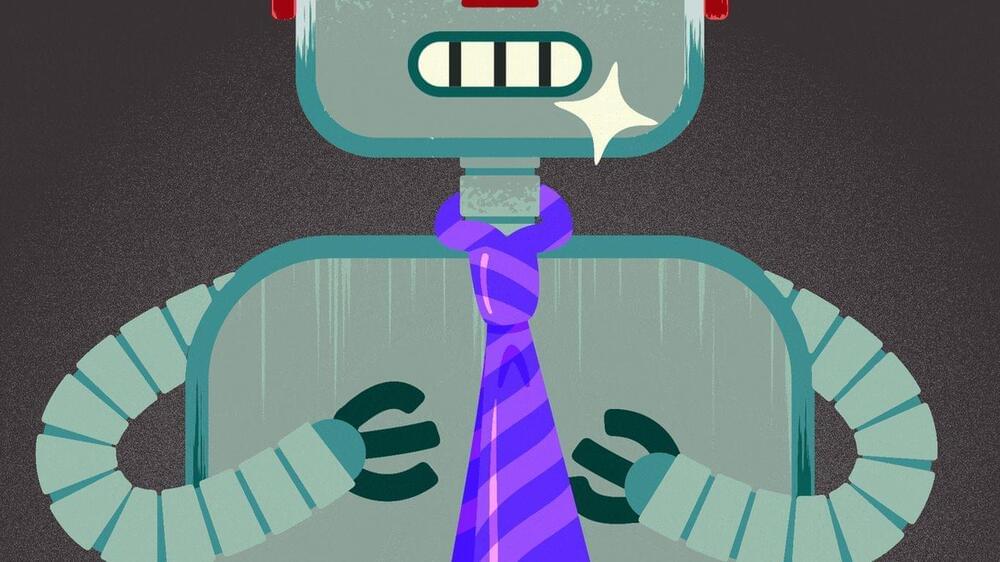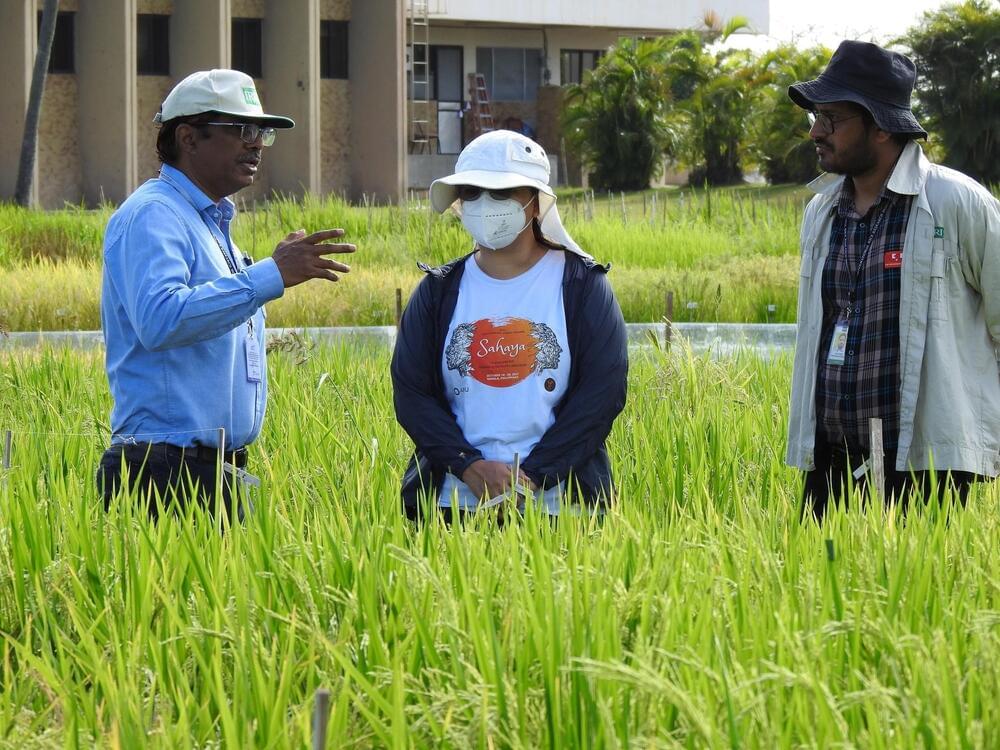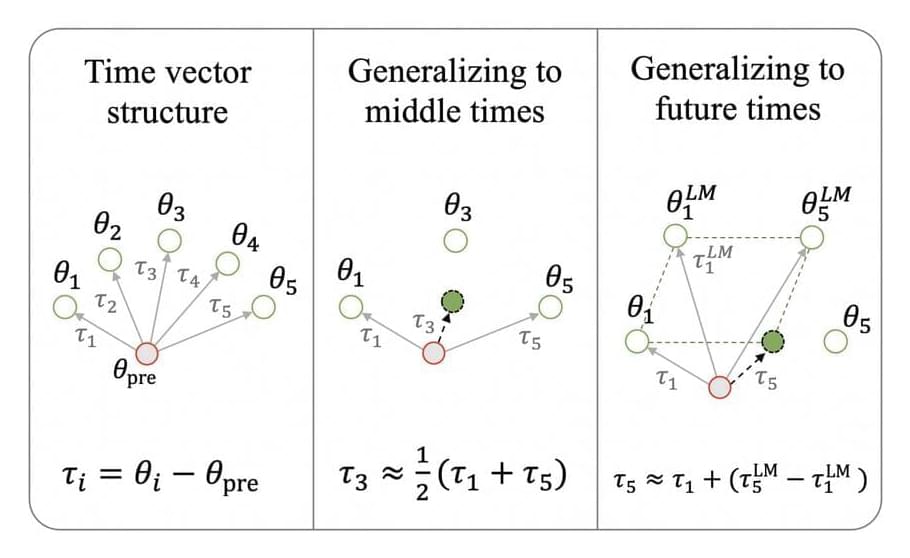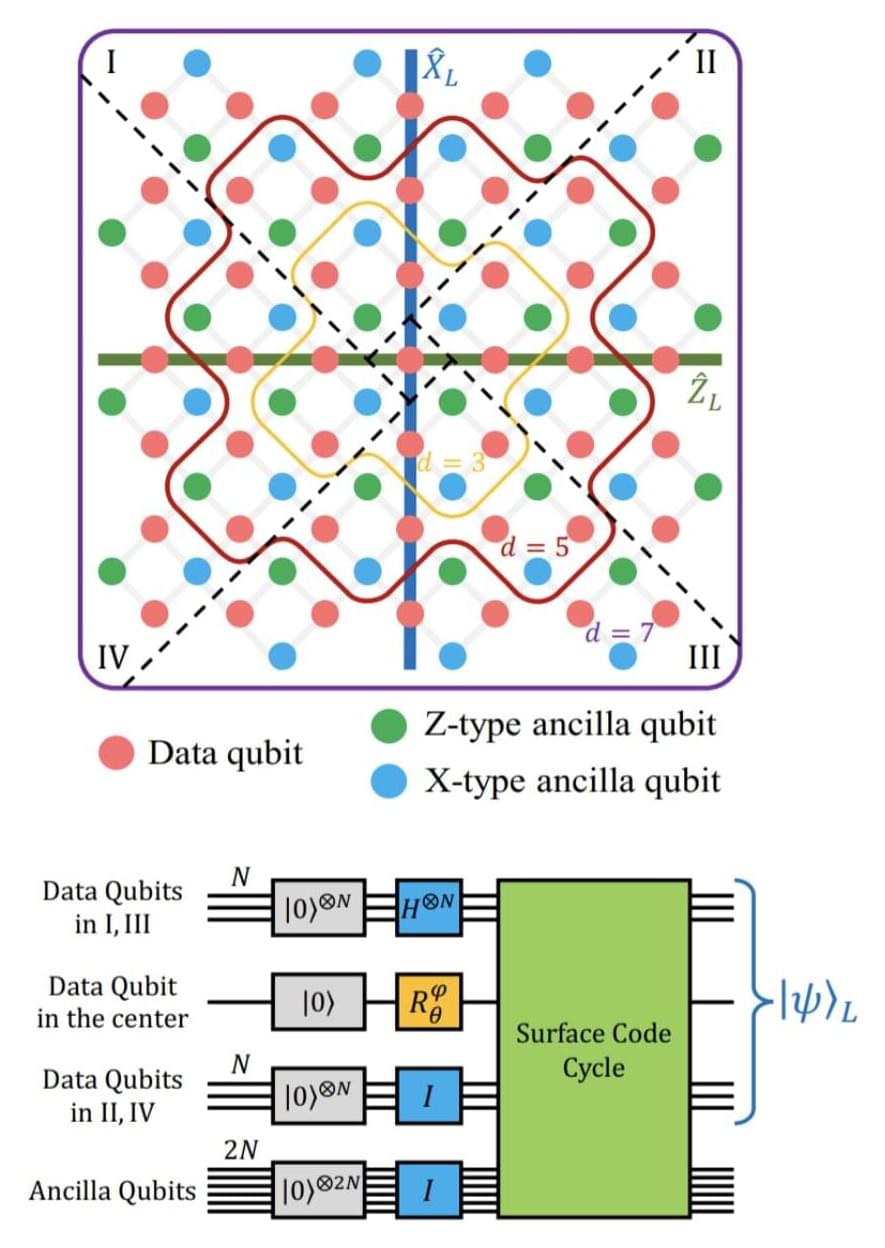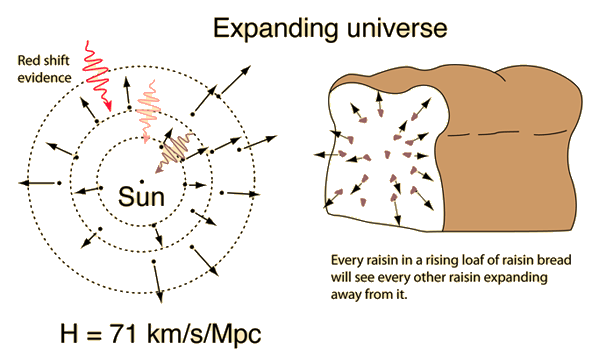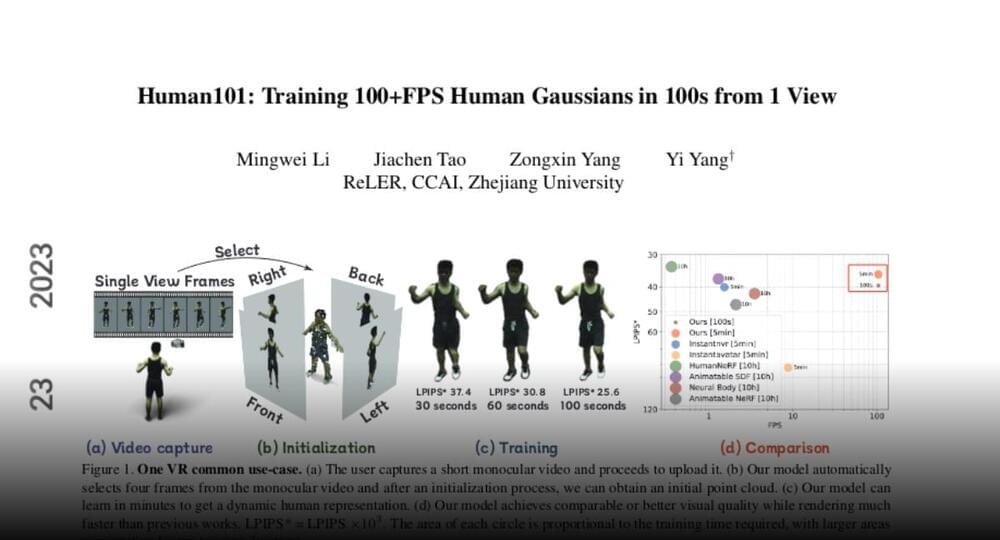The New York Times has filed a civil lawsuit against OpenAI and Microsoft in Federal District Court in Manhattan Wednesday, claiming that the technology companies used the newspaper’s content to train its artificial intelligence, breaching copyright protections.
The Times does not ask for a specific dollar amount but says that the lawsuit, “seeks to hold them (the defendants) responsible for the billions of dollars in statutory and actual damages that they owe for the unlawful copying and use of The Times’s uniquely valuable works.”
Neither company has responded to the lawsuit publicly. USA Today has reached out to both Microsoft and OpenAI and will update this story if we receive a response.

